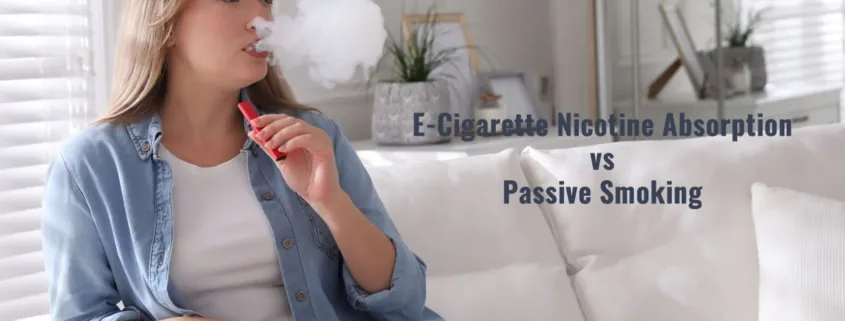UK Study Reveals E-Cigarette Nicotine Absorption 1/6 of Passive Smoking
A groundbreaking study led by Dr. Harry Tartan-Birch from University College London (UCL) has shed light on the differences in nicotine absorption among children exposed to indoor e-cigarette use and secondhand smoke. The research team analyzed data from 1,777 American children aged 3 to 11 who participated in the 2017-2020 US National Health and Nutrition Examination Survey (NHANES).
Study Compares Nicotine Absorption in Children
The study, published in the medical journal ‘JAMA Network Open‘, found that children exposed to indoor e-cigarette vapor had blood cotinine levels of 0.081 ㎍/L, which was approximately one-sixth of the levels found in children exposed to secondhand smoke (0.494 ㎍/L). However, the e-cigarette-exposed children still had five times higher cotinine levels compared to those not exposed to either e-cigarettes or secondhand smoke (0.016 ㎍/L).
Dr. Tartan-Birch emphasized the significance of the study, stating, “We show using real-world data, not laboratory settings, that nicotine intake from secondhand e-cigarettes is much lower than from secondhand smoke. Exposure to non-nicotine harmful toxins in the vapor is likely also much lower.”
Researchers Advise Caution Around Children
Despite the lower nicotine absorption from e-cigarettes compared to secondhand smoke, the research team stressed that indoor smoking should never be allowed around children. They also noted that e-cigarettes still expose children to harmful toxins, making it best to avoid using them in the presence of minors.
The researchers highlighted the potential impact of indoor e-cigarette use becoming routine, as it could make prevention more challenging. They advised considering these factors when discussing bans on indoor e-cigarette use.
Future Studies to Consider Exposure Differences
The study also noted that previous research found nine out of 10 UK e-cigarette users used their devices indoors, while only half of smokers smoked indoors. The researchers suggested that future studies could take this difference into account when examining the effects of secondhand exposure.
The findings of this study provide valuable insights into the comparative impact of e-cigarettes and traditional cigarettes on the health of those exposed to secondhand smoke or vapor. While e-cigarettes may have less of an impact, the researchers emphasize the importance of protecting children from exposure to any harmful substances.
- Vaping Laws in Vermont : A Comprehensive Guide for 2025 - July 18, 2025
- Malaysian Sarawak Considers Banning Vape Product Sales - July 18, 2025
- FDA Authorized E-Cigarette List: What’s Really Included?(Updated July 2025) - July 18, 2025









